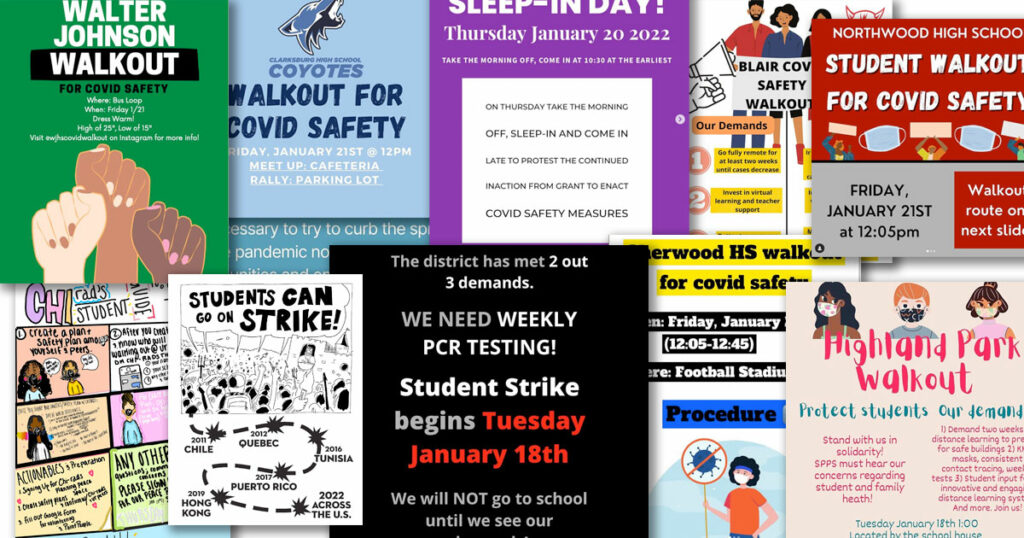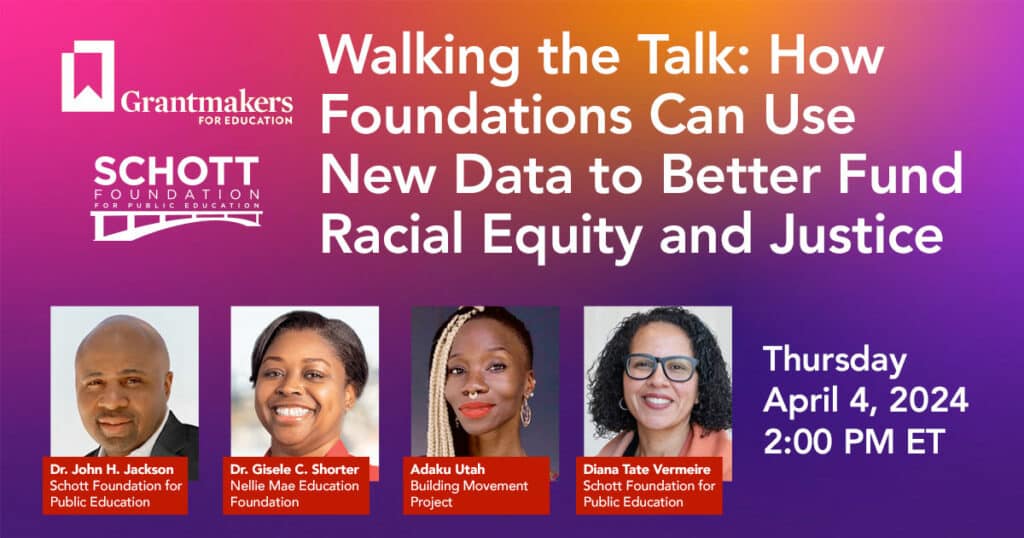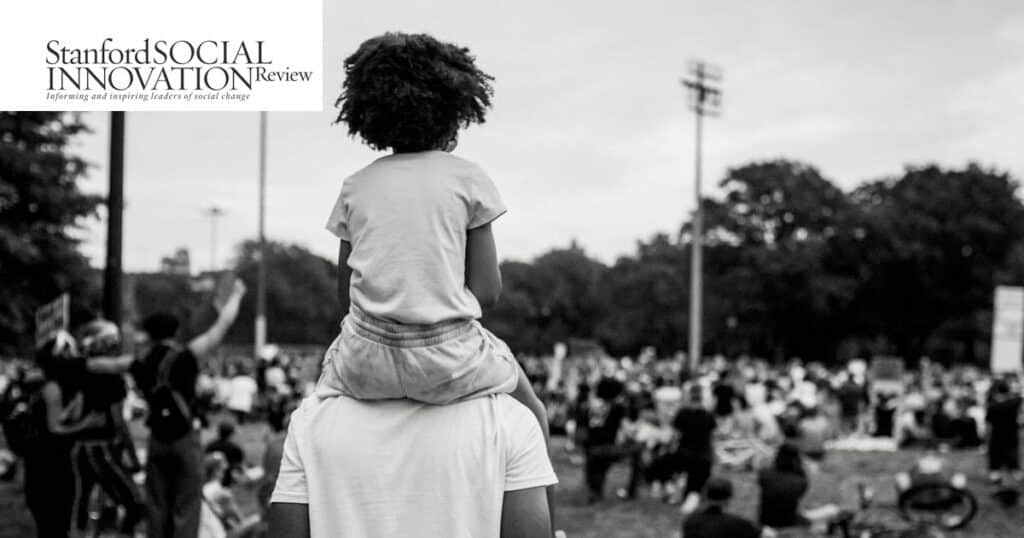Blog
Students Are on Strike Over COVID Safety

Facing the twin threats of the Omicron variant and intransigent policymakers, high school students across the country are refusing to return to unsafe classrooms.
Public schools, especially those that serve predominantly BIPOC students, have had poor air quality long before COVID-19. After a winter break filled with record-breaking infection rates and hospitals stretched past capacity, many students refuse to put themselves, their classmates, and their loved ones at unnecessary risk.
Students in districts large and small are staging walkouts, protests, and strikes to make their demands heard. In Oakland, the threat of a student strike brought officials to the table and won two of students’ three demands: free KN95 masks and more outdoor spaces to eat safely when it rains. Their third demand, twice-weekly PCR and rapid tests for everyone at school has not yet been met, so students have called a strike, starting this past Tuesday.
Last Friday, Chicago students held a walkout over similar demands: at 12:30pm, students from at least twenty schools walked out and converged on Chicago Public Schools’ headquarters.
The Boston Student Advisory Council held a walkout on Friday as well, and given low temperatures, attended a virtual rally in support of greater and more equitable safety measures.
As Wired reports:
Notably, many of the student actions have called for a temporary return to remote learning or the creation of alternative options for students who want to learn remotely. “It’s time to go virtual until this surge is over,” reads a Change.org petition in Howard County, Maryland. “We demand [the Oakland Unified School District] to shift from in-person learning to online learning,” the Oakland petition reads, “UNLESS YOU Make It Safe.” In New York, student walkout organizers demanded a temporary return to remote learning during the Covid surge, in addition to a hybrid option for students with families who can’t provide child care.
Students aren’t alone in this fight. Parents and educators have also been making demands for more COVID-19 protections. Earlier this month, Chicago teachers staged what they termed a “remote work action,” refusing to teach in person until their demands were met.
This kind of student action can take place in a myriad of ways: some have their origin in WhatsApp chats or text message chains, others by long-established student activist groups. Given the lightning speed of these developments, this kind of organizing work can be barely legible to philanthropy, let alone fundable. So what should funders do?
Invest in youth and education justice organizing over the long term. It’s no coincidence that some of the biggest walkouts and strikes we’ve seen so far — like Oakland, Chicago, and Boston — also have a vibrant history of student organizing and support organizations that have existed for years, if not decades. By supporting a fertile environment for movements to grow, funders can make sure the next blossoming of youth activism will be stronger and more successful than the last.


